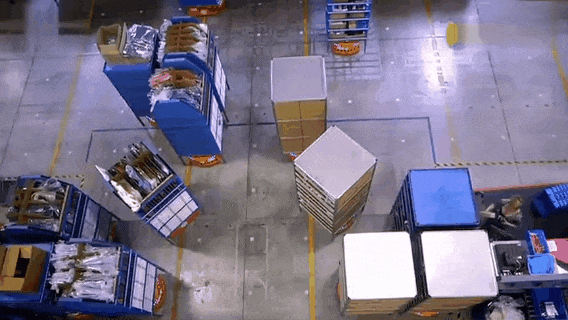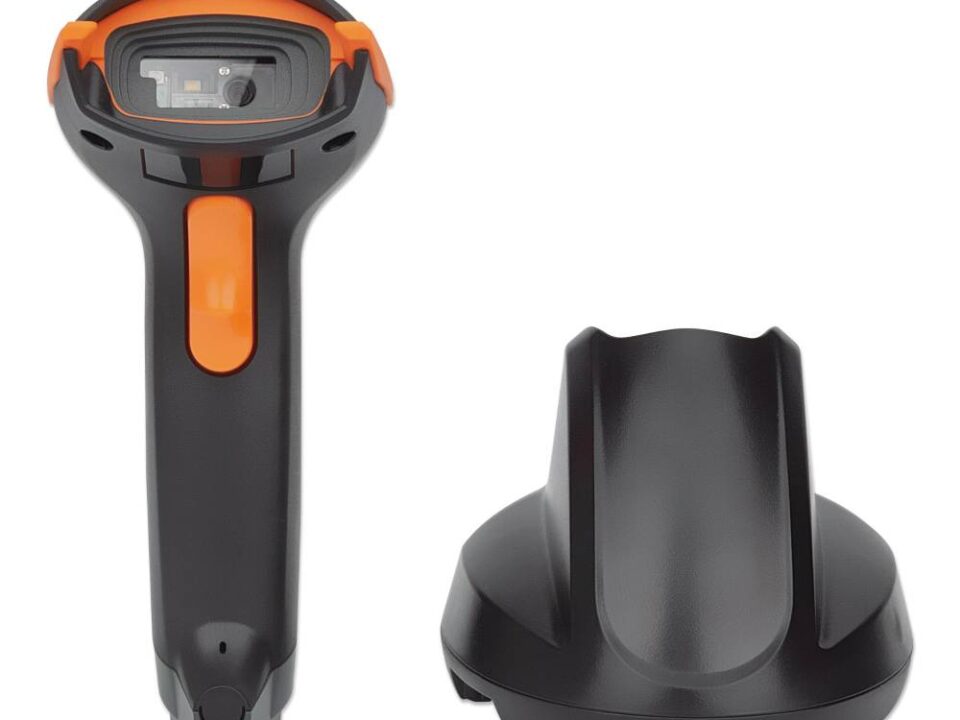What is blockchain technology?
In supply chain, blockchain technology refers to the ability to record transactions, track assets and manage the transparency of documents throughout the logistics environment, thereby increasing the efficiency, speed and innovation of supply chain processes. It is a distributed database on the web where many users can access, check or add digital data or transactions, but cannot change or delete them. As an append-only transaction ledger, the original information is preserved, while the new information transaction record is permanently preserved.
How blockchain technology works
Using state-of-the-art encryption, each record is time-stamped and appended to the event preceding that record, so changes to the content of the previous block invalidate the data in all blocks after that block, Thus generating an uninterrupted chain of events.
In the blockchain, no single organization can control these transactions. Instead, it can only be updated by consensus of the majority of participants in the system. Therefore, instead of trusting a single entity, we rely on the agreement of multiple entities. A consensus-driven system keeps data tamper-proof and reduces the likelihood of increased transactions through cyberattacks. It also allows publishing transactions recorded in the supply chain, so anyone can see the contents of the blockchain and verify that they happened.
In supply chains, blockchain can record transactions every time a product changes hands, from a product produced in a manufacturing plant, to a product readily available in a warehouse, to a product delivered to a retail store until the final product is purchased by a customer. Each of these transactions can be recorded, creating a permanent history of the product.
In summary, blockchain is a digital record-keeping mechanism that makes it easier and more secure for businesses with supply chain operations to work together on the internet.
Nathan Clevenger, Director of Intelligent Edge Solutions at Zebra Technologies, said: “The first blockchain-based solution we brought to market was traceability, but we are actively exploring how edge-operated devices can be used as a bridge to physical connections. .Become a digital representation of blockchain smart contract applications and transactions.”
What are the benefits of blockchain technology in supply chains?
- Documentation: Ability to record the quantity and transfer of assets such as pallets, trailers and containers as they move between supply chain nodes. Having a digital record of all transactions eliminates blind spots in the supply chain and eliminates the need for manual bills of lading (BOL), invoices and proof of delivery (POD).
- Traceability: Allows you to trace a product’s journey through the supply chain and pinpoint where problems occur. For example, if a food item is found to contain bacteria, farmers can send digital transactions so that the origin of the product can be traced and traced back to the original farm, batch and serial number, before proactively stopping it becomes a bigger problem.
- Accountability: Know where your assets are, where they have been, who currently owns them, and when they are expected to arrive at the designated location. Track purchase orders, change orders, receipts and shipments to improve accuracy and increase customer satisfaction.
- Security: Transactions are encrypted via the blockchain, making it virtually impossible to falsify data. Since the digital data is verified by different network nodes, the identity of the parties submitting the transaction can be confirmed. Because transactions are repeated on web servers, content cannot be changed without authorization from all connected computers.
With this valuable information and a larger, more connected supply chain network, businesses can track orders, shipments, chain of custody and the status of all assets with real-time updates. From making payments and audits to tracking inventory and assets, blockchain technology will enable greater supply chain efficiencies than ever before.
What are the current challenges facing blockchain technology in the supply chain?
Confidentiality: Since blockchain transactions are very transparent between parties, it is not uncommon for parties in direct competition to access each other’s data. While some mechanisms exist to protect the transparency of digital data, such as zoning and micro-communities, none of them have a practical solution that works in a supply chain environment.
Scalability: In order for a blockchain to function effectively, the cooperation of all parties is required. Getting broad adoption by all parties will be a challenge compared to a more practical onboarding process. Furthermore, it will be very difficult to integrate digital transactions from smaller groups without blockchain infrastructure. More importantly, the performance of the blockchain is still a work in progress. Before it is ready to manage today’s rapidly changing global supply chains, its transaction rate needs to increase significantly.
Human Error: Blockchain technology is a distributed database that relies on accurate information. Therefore, digital transactions need to be entered accurately first. If bad data is entered into the blockchain, incorrect data assumptions are made in subsequent chains. Additionally, blockchains are susceptible to excessive data issues, which can affect real-time information.
Although blockchain still has challenges, efforts continue to optimize the technology. Steps are being taken to control user access, which will limit the data available to all parties. As blockchain becomes more widely used, the costs associated with participation will continue to decrease, especially for smaller players. At the same time, it is important to analyze whether blockchain will generate an ROI for your business, or whether a more practical solution is more desirable.
How can barcodes help you use blockchain technology in your supply chain?
Barcodes has been a global leader in supply chain automation since 1994. Barcodes specializes in fully automated solutions in manufacturing, warehouse and distribution, transportation and logistics, and retail environments. As a blockchain expert, barcodes can help develop strategies to streamline your operations and improve the operational efficiency of your supply chain. If you’re not ready for blockchain, Barcodes implements thousands of useful work-in-process, warehouse management, proof of delivery and point-of-sale applications across the supply chain using mobility, scan and print barcode data capture technology.
Whether you’re considering blockchain, or just want to improve the functioning of your supply chain, make sure to partner with a service provider like Barcodes that values transparency and innovation and understands your pain points.
Nathan Clevenger, Director, Savanna Portfolio, Zebra Technologies, said: “Our solutions provide our customers with performance benefits at the forefront of our business operations, and now, with our new Savanna Blockchain data services offering, we can provide our of customers, partners, software developers can record, print, scan, read and locate events on the blockchain for traceability. So when printing GS1 labels on Zebra printers, through Zebra scanners Or a mobile computer scans the barcode, then the RFID tag is read by a Zebra RFID reader, then the event, time, date, location and device serial number can be automatically transferred to the cloud by Zebra Savanna and recorded as an immutable transaction on the blockchain. “




